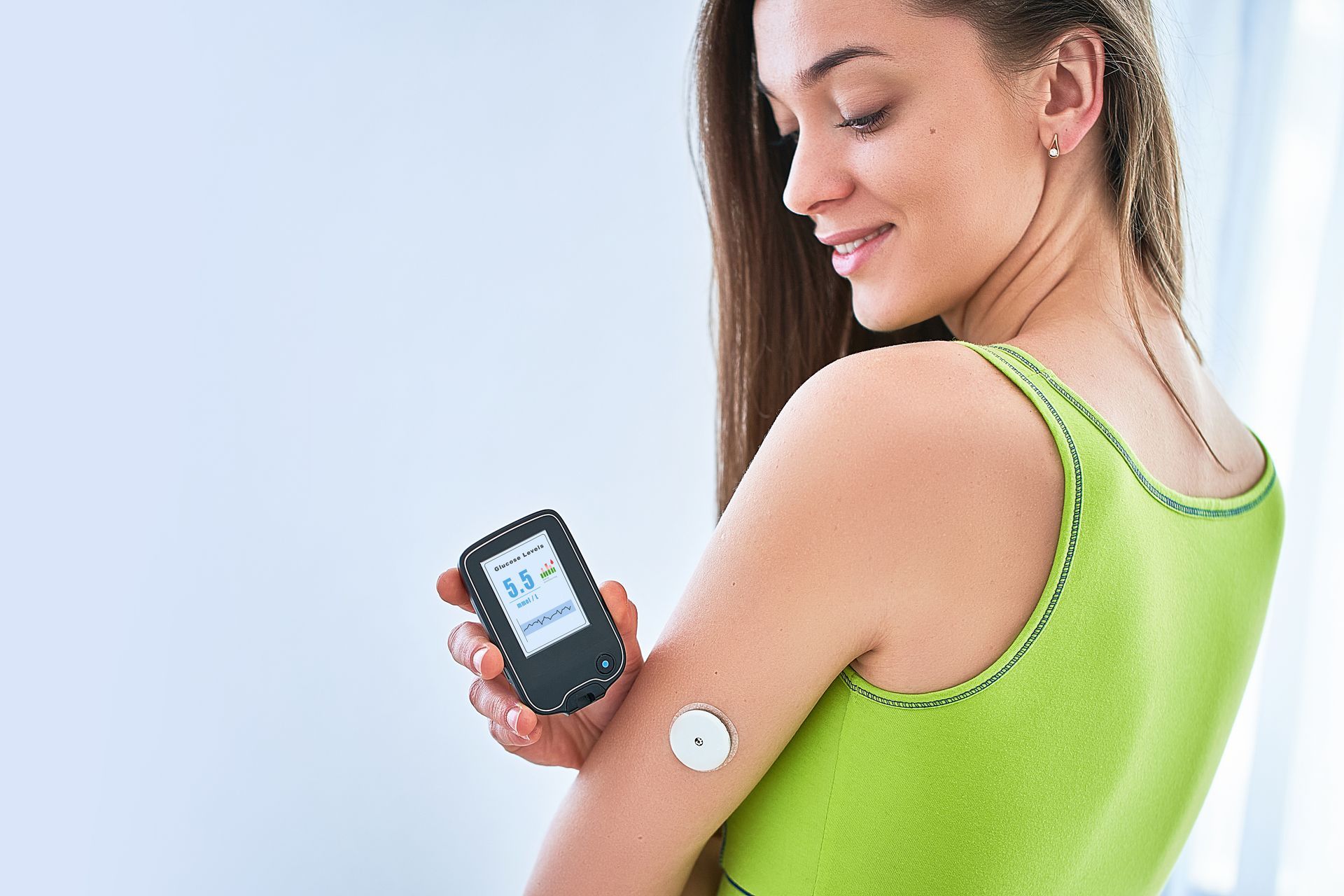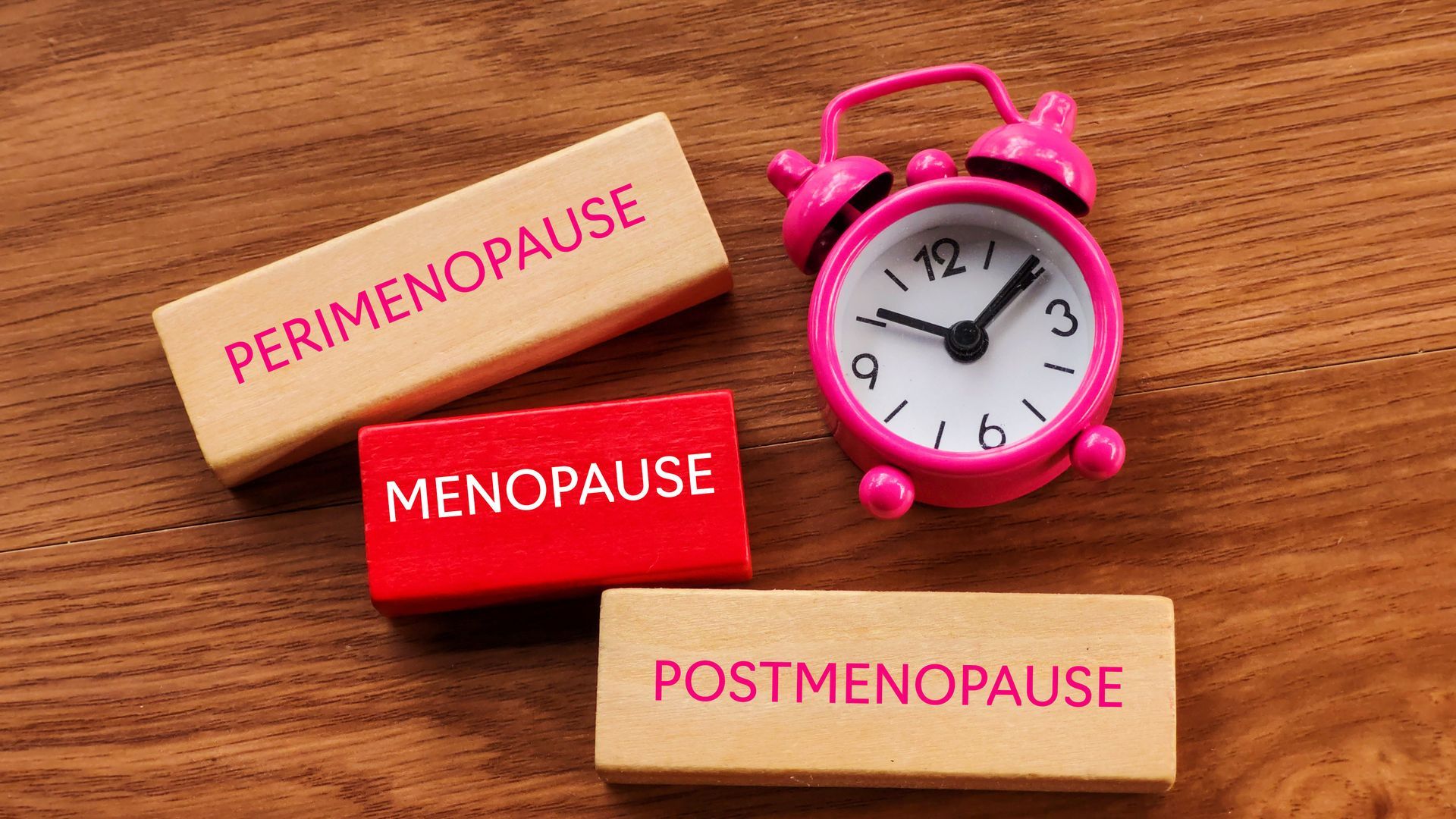Recent Posts
What Your Primary Care Provider Wants You to Know Before Starting a New Summer Fitness Routine

As summer arrives in full swing, many people feel inspired to start a new fitness routine. Whether it’s jogging in the park, joining community fitness classes or simply walking more, longer daylight hours can make it easier to find time for physical activity, even if the heat means sticking to mornings or evenings.
But before diving into a new routine, your primary care provider (PCP) will likely want you to take a few important precautions, especially if you’ve been inactive or have chronic health conditions. Starting strong is good, but staying safe and sustainable is even better.
Check in With Your Primary Care Provider First
If it’s been a while since you’ve had a check-up, or if you have any existing health concerns, it’s wise to schedule a visit before launching into a summer workout plan. Your PCP can help:
- Assess your cardiovascular health
- Screen for risk factors like high blood pressure or elevated cholesterol
- Review medications that may impact heart rate or hydration
- Provide tailored exercise recommendations based on your health history
For patients with chronic conditions such as diabetes, asthma, arthritis or heart disease, your provider may recommend specific exercises, adjust medications or help you monitor symptoms that could worsen with exertion or heat.
Avoid the “Too Much, Too Fast” Trap
One of the most common causes of summer workout injuries is doing too much too soon. Going from zero to five-mile runs or two-a-day training sessions can lead to strains, sprains and burnout.
Instead, start small and build gradually. A good rule of thumb is the 10% rule: don’t increase the intensity, distance or time of your workout by more than 10% each week.
Listen to your body. Soreness is normal; sharp pain, swelling or dizziness is not.
Be Familiar With Your Environment
Summer heat, humidity and air quality can impact your health. This is even more true in cities like Houston, where temperatures soar and ozone levels can rise. Before exercising outdoors:
- Check the daily heat index and air quality
- Avoid peak heat hours (typically 11am to 4pm)
- Wear breathable, moisture-wicking clothing
- Stay hydrated with water before, during and after activity
If you have asthma, be extra cautious on high-pollen or poor-air-quality days. You may need to modify or move your workouts indoors.
Know the Signs of Overheating or Dehydration
Exercising in the summer puts additional stress on your body. You sweat more to cool down, which can quickly lead to dehydration or heat exhaustion if you’re not careful. Watch for:
- Dizziness or confusion
- Nausea or muscle cramps
- Rapid heartbeat
- Headache or flushed skin
- Unusual fatigue
If any of these symptoms arise, stop immediately, get into a shaded or cool area and hydrate. If symptoms persist, seek medical attention.
Special Considerations for High Blood Pressure and Heart Conditions
If you’ve been diagnosed with high blood pressure or a heart condition, exercise can be incredibly beneficial, but only if done safely. Let your provider know before starting a new routine. They may want to:
- Recommend specific aerobic exercises over resistance training
- Review whether your medication dosage needs adjustment with increased activity
- Set heart rate targets and safe exertion limits
Exercise should never leave you gasping, faint or with chest tightness. If it does, that’s a red flag to pause and consult your provider.
Don’t Skip the Warm-Up or Cool-Down
It’s tempting to jump right into your workout, but easing into activity can reduce your risk of injury. A 5–10 minute warm-up improves blood flow to your muscles and prepares your joints for movement. Similarly, cooling down helps your body transition out of exertion mode and prevents sudden blood pressure drops or soreness the next day.
Stretching after a workout can improve flexibility and reduce muscle tightness, especially if you’re sitting most of the day otherwise.
Make It Sustainable and Enjoyable
A fitness routine won’t work long-term if it feels like a punishment. Choose activities you enjoy, like walking, dancing, biking or swimming, and pair them with music, friends or a podcast. Focus on consistency, not intensity.
Aim for at least 150 minutes of moderate aerobic activity per week, but remember: something is always better than nothing. Even 10-minute bursts of movement add up.
And if your routine gets disrupted, don’t be discouraged. Life happens. What matters is getting back into motion when you can.
Stay Accountable to Your Health
Your primary care provider isn’t just there when you’re sick. They’re your partner in preventive health. Regular visits can help monitor your progress, adjust plans if needed and ensure you’re meeting your health goals safely and effectively.
If you experience anything unusual, like chest pain, difficulty breathing, joint instability or sudden fatigue, don’t push through. Make an appointment to check in.
Get Advice on Safe Summer Workouts From Our Healthcare Teams in Bellaire, Houston, Sugar Land and Dickinson
At St. Hope Healthcare, we’re here to help you build a fitness routine that’s safe, sustainable and aligned with your unique health needs. Whether you need a wellness check-up, help managing a chronic condition or advice on starting a new workout plan, our primary care providers are ready to guide you.
Schedule a visit with St. Hope Healthcare today by calling (713) 778-1300.









